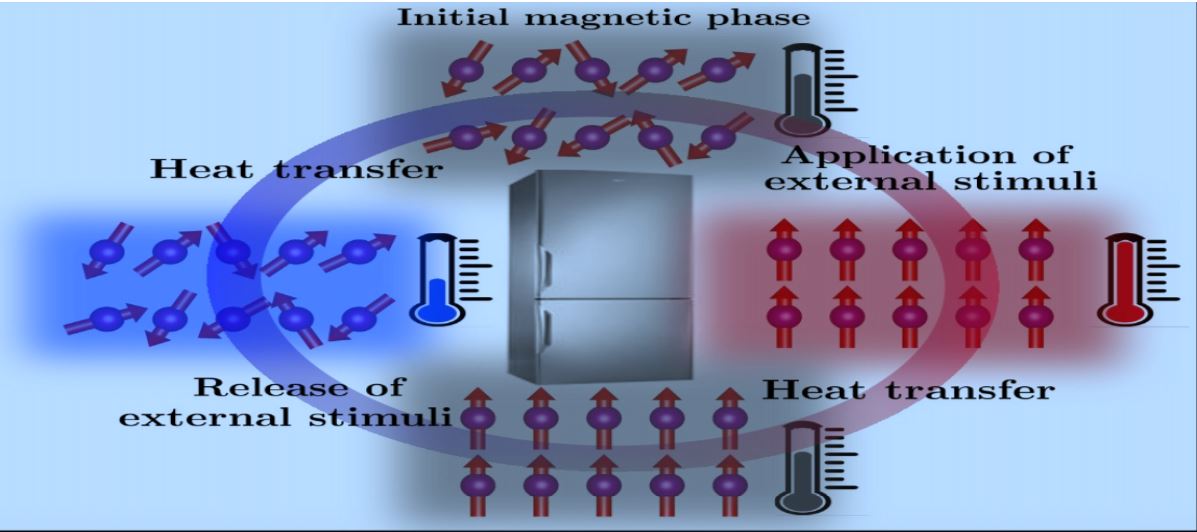Machine learning and quantum theory for magnetic quasiparticles and their information storage potential
Supervisors: Julie Staunton, Albert Bartok-Partay
Some topological magnetic structures can behave as quasiparticles and be manipulated to store information. The discovery of skyrmion-type particles was a huge leap forward promising to lead towards new smaller and more efficient devices. Other sorts of magnetic quasiparticles can also emerge in three dimensional magnets such as hedgehogs or hopfions.
Materials where the eletrons are not localised on atomic sites but are itinerant present a challenge for the understanding of such complex magnetic behavior. The stabilisation of these complex magnetic objects relies on the presence of interactions among effective composite spins coalescing around atomic sites which emerge from the cooperative behaviour of many electrons. There are interactions between pairs of such spins and also among clusters of them. In principle these multi-spin parameters can be determined from calculations of the fundamental quantum mechanics of the electrons. The extraction of an accurate model spin- Hamiltonian, however, from such ab initio data is a challenging task and it is at the heart of this project. The development of intricate data-fitting procedures is required. To date we have developed a cluster expansion of the free energy of the system in terms of the quantities which describe the average order of the spins around the atomic sites, i.e. local magnetic order parameters, and we can describe accurately many magnetic phase diagrams [1]. In this project we will build on this progress and use machine learning tools to determine the form of the free energy rather than our current ad hoc approach. This will take the work to the next level and enable it to describe new sorts of magnetic quasiparticles that can emerge in complex magnetic systems. We will study a prototype family of materials which is being studied extensively in experiments. It comprises the magnetic compounds R3Co8Sn4 (R is yttrium or a magnetic rare earth element) [2] which display complex magnetic order and will be a hot topical test for the new method.
The same theoretical and computational techniques used to explore magnetic quasiparticles will be directly applicable to other research on magnets and their uses. For example, refrigeration using magnetic materials has emerged as a promising new, energy efficient and environmentally friendly solid state cooling technology. Cooling cycles are designed to manipulate the changes of entropy and temperature that happen when a magnetic field is applied to align randomly oriented spins in a magnet. We will also investigate potential new magnetic refrigerants using the modelling.
References: [1] Mendive-Tapia, Eduardo and Staunton, Julie B Physical Review B 101, 144424 (2019). [2] Takagi, R and White, JS and Hayami, S and Arita, R and Honecker, Dirk and Rønnow, HM and Tokura, Y and Seki, S Science advances 4, 3402 (2018).


